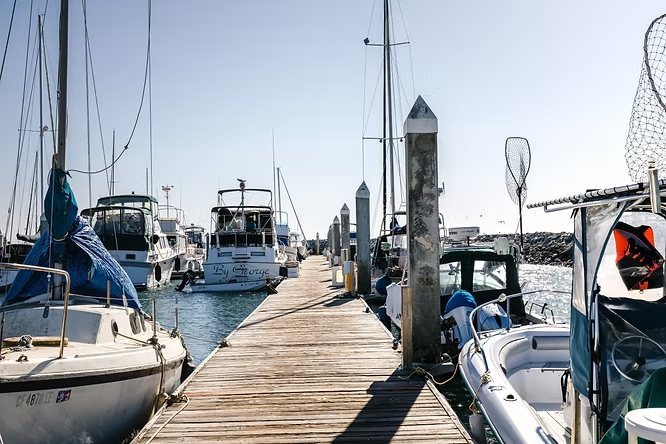The Rising Cost of Marine Heatwaves
Marine heatwaves are among the most destructive consequences of climate change, and their impacts extend far beyond environmental damage. These extreme warming events disrupt ecosystems, threaten livelihoods, and impose enormous financial costs on societies around the world. Until recently, the scale of these losses was poorly understood, but new research has shed light on just how severe the consequences can be.
How Heatwaves Damage the Ocean
When ocean temperatures spike for prolonged periods, species face severe stress or death. Key coastal habitats such as seagrass meadows, coral reefs, and kelp forests often collapse, leading to:
- Loss of biodiversity and critical habitats for marine life.
- Reduced carbon storage capacity, worsening climate impacts.
- Disruption of fisheries and aquaculture industries.
- Declines in tourism linked to degraded marine environments.
These cascading effects weaken the ocean’s ability to sustain both ecological and human communities.
Economic Impacts of Marine Heatwaves
Our study examined 34 marine heatwaves across the globe and uncovered staggering financial consequences:
- In 2016, a heatwave in southern Chile caused US$800 million in direct aquaculture losses.
- In Shark Bay, Western Australia, damage to seagrass beds led to an estimated US$3.1 billion per year in indirect losses from reduced carbon storage.
These examples highlight how climate-related ocean events can undermine industries, economies, and global carbon regulation.
Understanding Marine Heatwaves
Marine heatwaves are defined as prolonged periods of abnormally high sea surface temperatures lasting weeks to months. Climate change has intensified their frequency and duration, with surface waters warming by an average of 0.15℃ per decade over the past 40 years. Notably, eight of the ten most severe events ever recorded have occurred in the last decade.
Why They Happen
Marine heatwaves arise from two primary processes:
- Atmospheric heating – heat entering the ocean from above.
- Ocean currents – warmer waters transported into new regions.
When both forces coincide, the result is especially intense and damaging heatwaves.
Why It Matters for People
The economic damage stems from disrupted “ecosystem services” – the vital benefits ecosystems provide to humans. Foundation species such as corals, seagrasses, and kelps underpin marine biodiversity. When they are destroyed, the ripple effects extend to fishers, aquaculture operators, and tourism industries that rely on healthy marine systems.
Recent back-to-back coral bleaching events in the Great Barrier Reef illustrate how the loss of foundation species can devastate entire ecosystems and trigger socio-economic losses running into billions of dollars.
A Call to Action
As global leaders gather at climate summits such as COP26, the urgency of addressing marine heatwaves cannot be overstated. These events are not just environmental stress tests – they also test the resilience of human societies. Millions of people who depend on the ocean are already experiencing the consequences, making climate action more critical than ever.

